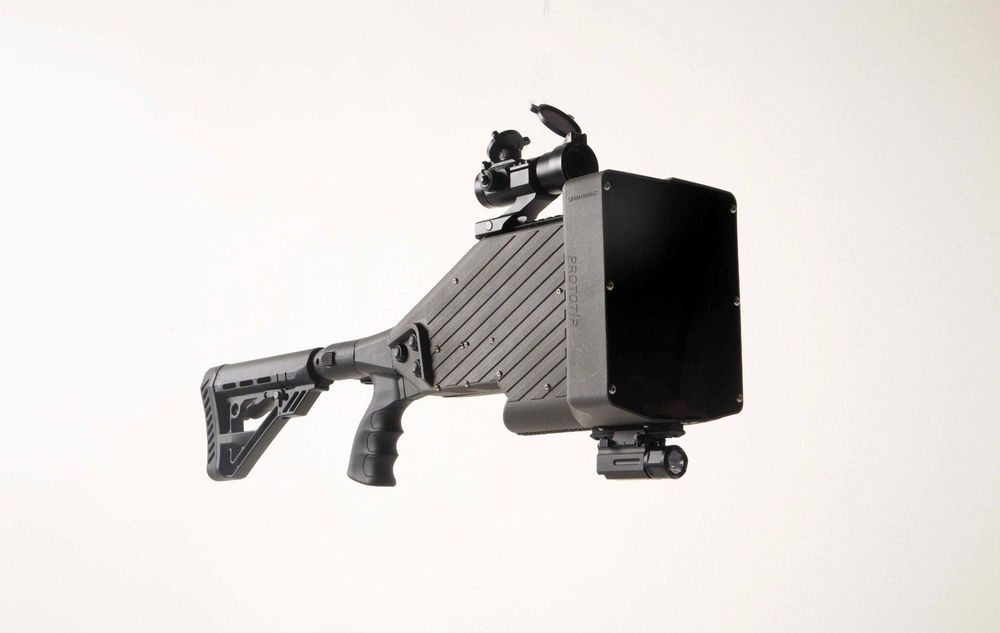The US-India Strategic and Partnership Forum’s (USISPF) President Mukesh Aghi said that the companies are talking to them about how to set up an alternative to China by investing in India.
Aghi said that USISPF’s recommendation to the new government would be to accelerate the reforms and bring transparency in the decision-making process.
“I think that’s critical. We would advise to bring more transparency in the process and to make it more consultative because in the last 12 to 18 months, we are seeing US companies look at some of the decisions being made, either e-commerce or data localisation, as more domestic-oriented than global,” he told PTI in an interview.








